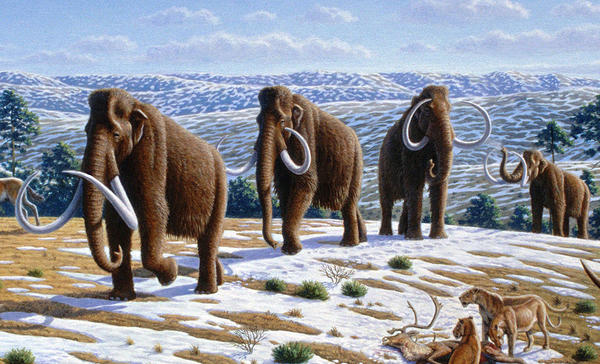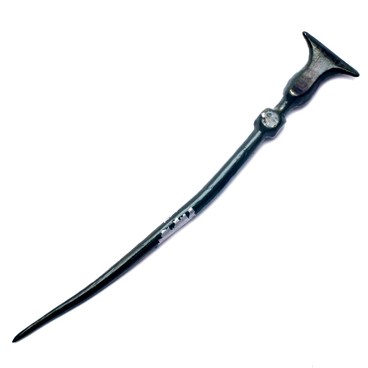In 1988, in a sand pit in the outskirts of the town of Sevsk, local workers found some mammoth bones. Excavations started the following year and lasted till 1992. Over that time period, archeologists found bones of 40 mammoths. Most likely, those animals died in a seasonal flood, and then their remains were dragged down by a current into an ancient lake that used to be located in that area.
The Skeleton of a Mammoth
Время создания
1997
Техника
Аssembly on a frame
Коллекция
Выставка
4
Открыть в приложении#1
The Skeleton of a Mammoth
#9
#16
The ‘mammoth graveyard’ near Sevsk became the largest known in Europe. Several unbroken skeletons of baby mammoths of various ages were found there for the first time in the world. Now they are kept in the Moscow Paleontological Museum.
#15
Bones of adult mammoths were transferred to the Bryansk State Regional Ethnography Museum, together with similar findings from other districts of the Bryansk Region: Khotylevo and Yudinivo. In late 1997, Artur Chubur, a local scientist, assembled a complete skeleton fixed on a steel frame. The skeleton is displayed in the ‘Bryansk Antiquities’ Exhibition.
#7
A 1997 photo: the historian Artur Chubur is assembling the mammoth skeleton.
#11
Wooly mammoths were the largest animals on earth in the period of the Ice Age. Adult males could be as tall as 4 meters and could weigh 5-6 tons. However, the Sevsk mammoths belonged to a smaller species: they were around 2-meter tall at the shoulder and weighed up to 2.5 tons. Their body was fully covered with long thick hair with thick-set underfur that protected them from cold and wind. Those animals used to inhabit the steppes of Eurasia, and later appeared in North America.
#8
The Skeleton of a Mammoth
#12
Mammoths fed on grass, tree and shrub branches. Their grinding teeth changed five times during their life. Such large animals had no natural enemies. Therefore, they used their long sharp tusks not for protection, but for procuring food from under the snow. Some species had a hump on the back of the neck, similar to that of modern camels. The hump accumulated fat served as a source of energy for the organism during fodder shortage.
#6
Mammuthus primigenius, Mauricio Antón. Source: ru.wikipedia.org
#13
Mammoth tusks grew through all their life. In contrast to other bones, they had laminated structure. Pre-historical people used mammoth tusks to manufacture statuettes, knife handles, sewing needles. The same material was used for the so-called ‘paleolithic Venuses’ discovered at the site of the ancient encampment near Khotylevo. The Venuses are also exhibited in the Bryansk Museum of Local Lore, History and Economy.
#17
State budgetary cultural institution Bryansk State Regional Ethnography Museum
читать дальшескрыть
00:00
00:00
1x
The Skeleton of a Mammoth
Время создания
1997
Техника
Аssembly on a frame
Коллекция
Выставка
4
Открыть в приложении
Поделиться



